Fungi are important to human life in many ways. In medicine they yield antibiotics, in agriculture maintain soil fertility, in regular life consumed as food, and most importantly form the basis of many industrial processes. Though fungi are essential to many household and industrial processes, they are detrimental or harmful in many ways. Because of their pathogenic capability they cause serious economic losses several times. Among all the serious effects the top 10 harmful effects are discussed in this article.
To know more about the importance of fungi, check below linked article.
Importance of Fungi: Medicine, Agriculture & Industry
So, what are the harmful effects of fungi?
- Plant disease.
- Damage to timber and timber products.
- Destruction of food, lumber, paper and cloths.
- Animal and human diseases including allergies.
- Toxins produced by poisonous mushrooms and within food(e.g. grain, crops etc.)
In this article I would explain how fungi have been detrimentally associated with our lives in plant, food and human aspects.
Harmful effect of Fungi on plants
Some fungi penetrate the plant and decompose the living tissue, creating a weakened, nutrient deficient plant, or death.
i. Wood stains: Most forms of decay and stain in timber are caused by fungi. The wood may take different shades of blue, black and brown.
- White rot fungi (Ganoderma spp. Polyporus spp.) break down the lignin in wood, leaving the lighter-colored cellulose behind; some of them break down both lignin and cellulose.
- Fomes fomentarius are commonly known as the tinder fungus, hoof fungus, tinder conk, tinder polypore or ice man fungus). They can vary in colour from a very light grey to almost black.
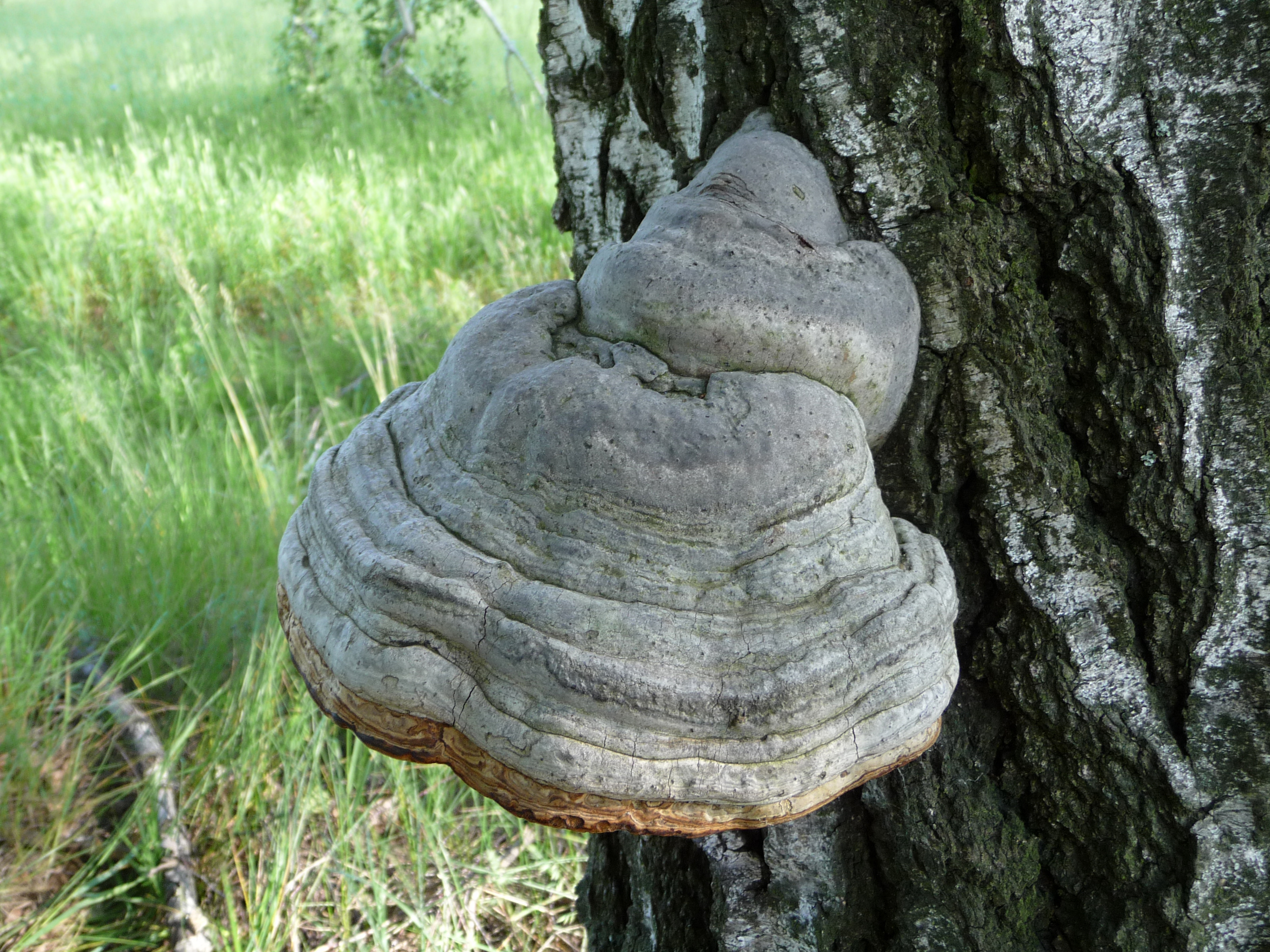
- Root and butt-rot caused by Heterobasidion annosum (Aphyllophorales, Basidiomycotina). It is an aggressive parasite that infects cut stumps. By getting spread from root system to root system it kills many different conifers. This parasite was the subject of nearly 600 publications between 1960 and 1970.
Butt rot fungus, Source: pnwhandbooks.org
ii. Cereals and nuts: Rice, often moulded by species of Aspergillus or Penicillium; and rice stained yellow by P. citrinum, P. islandicum and P. citreoviride often contains mycotoxins. Corn and winter wheat in the field are threatened by Fusarium graminearum, the source of vomitoxin.
Wheat in storage is sometimes spoiled by members of the Aspergillus glaucus series, by A. candidus, A. flavus, A. ochraceus, and by some penicillia. Some field moulds are notorious mycotoxin producers Fusarium spp. produce zearalenone, T-2 toxin and vomitoxin. Some storage moulds that attack grain and nuts are equally infamous- Aspergillus flavus and A. parasiticus produce aflatoxins.
iii. Ergot: Claviceps purpurea, a species that attacks various grasses, including rye, producing small, dark, resistant structure called sclerotia in fertile heads of its host which is called ergots. These sclerotia contain alkaloids.
They are poisonous, not only to wild and domestic herbivores that ingest them while grazing, but also to humans who eat rye bread contaminated with sclerotia.
iv. Furanoterpenoids: Mouldy Sweet Potato Toxicosis Cattle fed sweet potatoes affected by Fusarium solani storage rot develop acute symptoms of respiratory distress, and may die (in New Guinea). The disease affects only the lungs, which become swollen and congested, with scattered haemorrhages. It has been found that 4 furanoterpenoids toxins are responsible for this condition.
Harmful effect of Fungi on food
Food become unappealing only when fruiting of fungi are seen on the surface. High sugar foods, vegetables, fruits, meat, fish, eggs, milk and milk products etc. are the victim of fungal infections.
People of Lin Xian in China preferred the spicy taste of mouldy bread, but this produced Oesophageal cancer in 25% of the population. The commonest moulds on bread are: Rhizopus stolonifer, with black pinhead sporangia; Penicillium expansum and P. stoloniferum with Green-spore Aspergillus niger with black-spore, Neurospora with pinkish spore.
Because fungi can utilize so many different substrates as food, they are capable of attacking many products we utilize and almost all foodstuffs. Simply spoiling foods, certain species of fungi also produce some very toxic substances known as mycotoxins on certain plant materials that we either consume directly as food or feed to our animals. Particularly noteworthy examples are
- Ochratoxins produced on cereal grains by Aspergillus ochraceus and Penicillium viridicatum.
- Fumonisins produced on corn by Fusarium moniliforme & has been implicated in human Oesophageal cancer, a fatal neurological disease of horses.
- Aflatoxins produced by A. flavus and A. parasiticus on various nuts and grains. It has been found to cause cancer in all species of animals and interestingly it show up not only in plant materials but also in animal based foods we consume such as meat, eggs & dairy products.
Harmful effect of Fungi to human
There are a lot of fungi that cause different types of illness in human body. Sometimes it can be allergies, it can be poisoning or it can be parasitic infections.
i. Cutaneous or superficial mycoses:
1. Tinea versicolor: A fungus infection that commonly affects the skin of young people, especially the chest, back and upper arms and legs. This fungus produces spots that are either lighter than the skin or a reddish-brown.
- Epidermophyton floccosum
- Trichophyton rubrum
- Malassezia furfur
Tinea versicolor, Source: Mayoclinic
2. Tinea corpora (ringworm): Round, red, scaly, patches with well-defined, raised edges; central clearing and itchy (Usually on trunk and limbs). Trichophyton concentricum causes a chronic ringworm.
ii. Tinea unguium or Onychomycosis : Fungal infection of the nails known as Tinea unguium or onychomycosis. It is estimated that between 2% and 14% of the population in America has fungal nail infections. Trichophyton rubrum tends to cause chronic infections of toenails so the host produces infective material for years.
iii. Tinea pedis or Athlete’s foot: One common disease is the athlete’s foot which most commonly affects children before puberty. Contrary to the name, tinea pedis affects not solely athletes. Tinea pedis affects men more than women; it can be seen initially affecting the webs between the toes, before spreading to the sole of the foot in a “moccasin” pattern. Athlete’s foot causes by
- Epidermophyton floccosum
- Trichophyton rubrum
- T. mentagrophytes.
Athletes foot, Source:Wikipedia
iv. Dandruff and Seborrhoeic Dermatitis : The most common cause of dandruff is a basidiomycetous yeast called Malassezia globosa.
References
Introductory Mycology by C. J. Alexopoulous & C. W. Mim.
Revised by
1. Tarek Siddiki Taki on 11 September, 2021.
 Plantlet The Blogging Platform of Department of Botany, University of Dhaka
Plantlet The Blogging Platform of Department of Botany, University of Dhaka
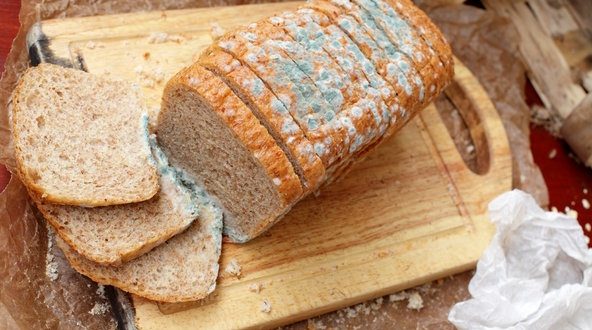


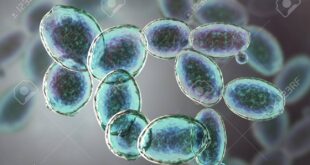
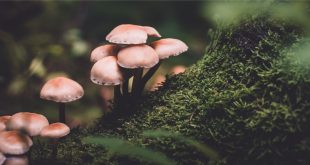
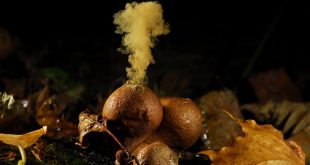
Very much promising write-up.
*Try to make shorter sentences.
*Add disease list with causing fungus.